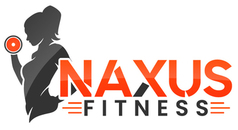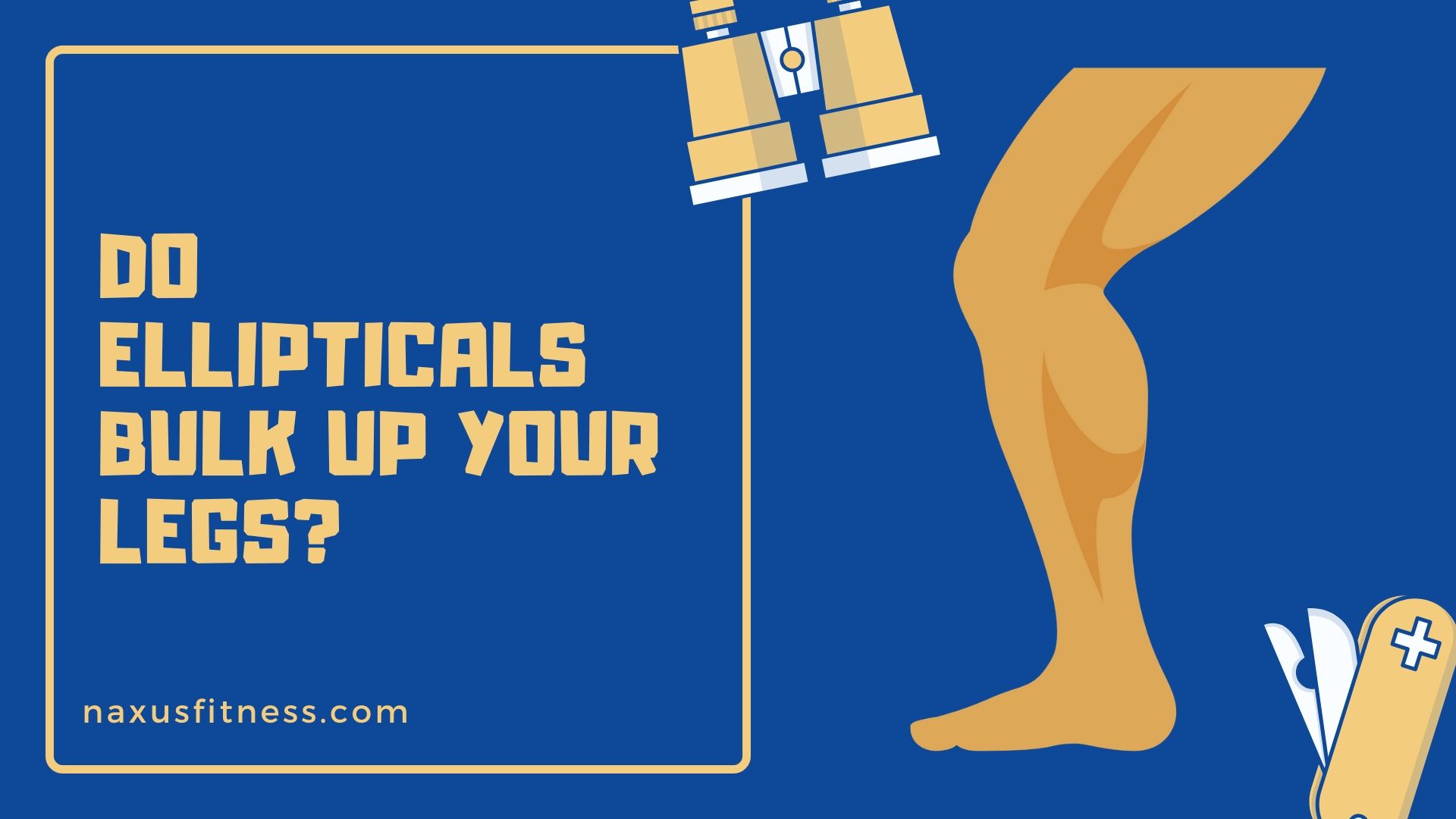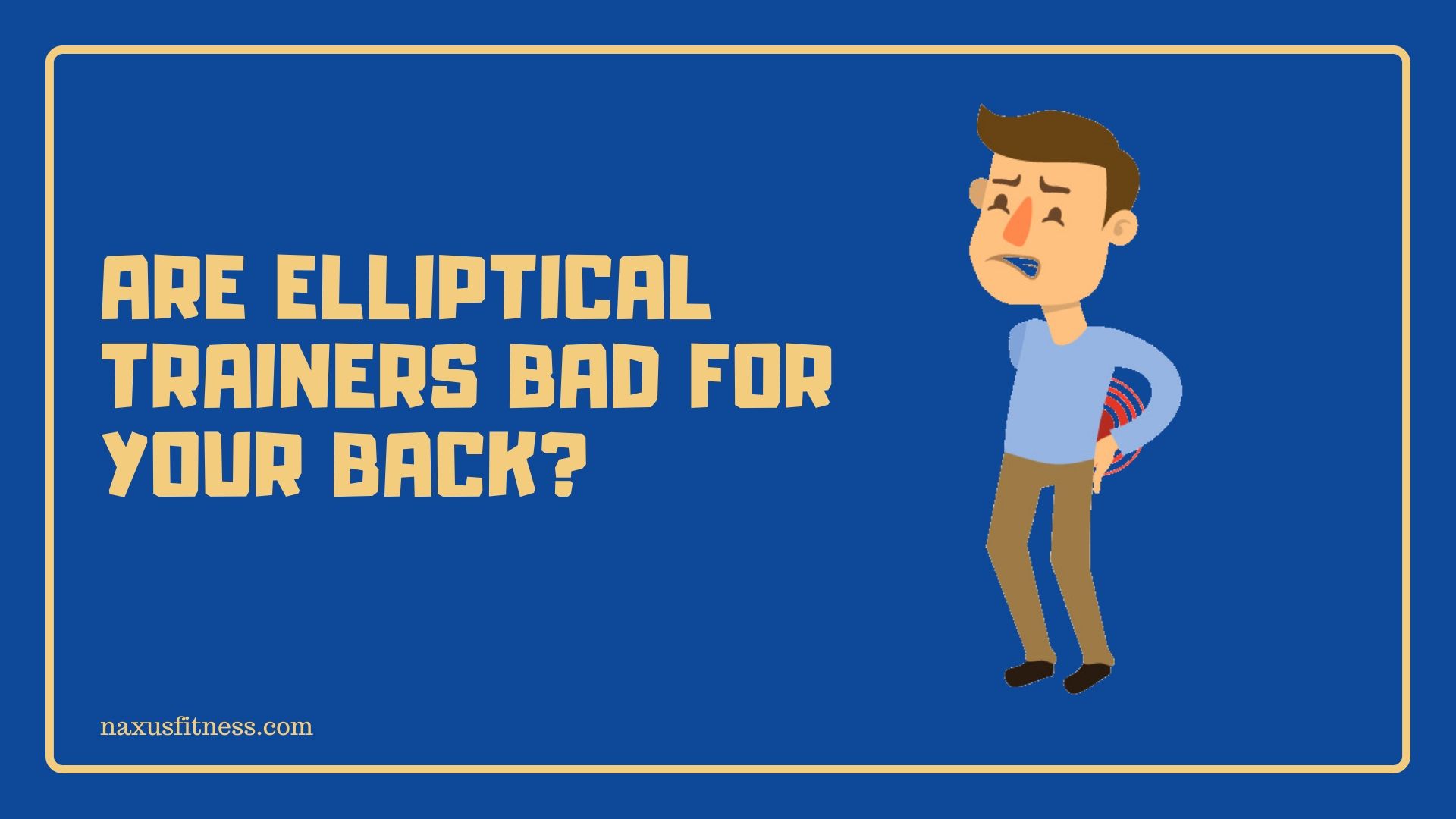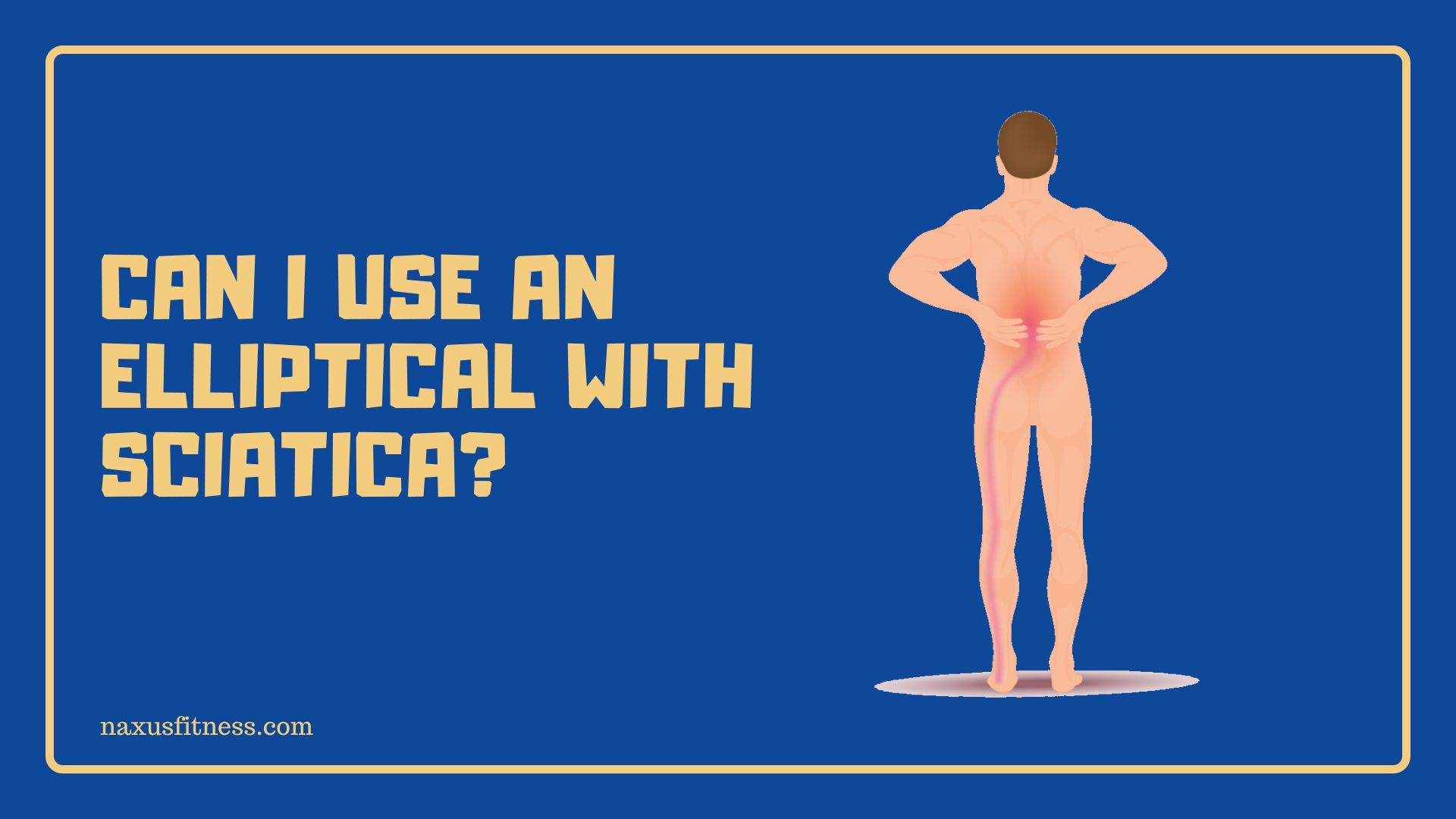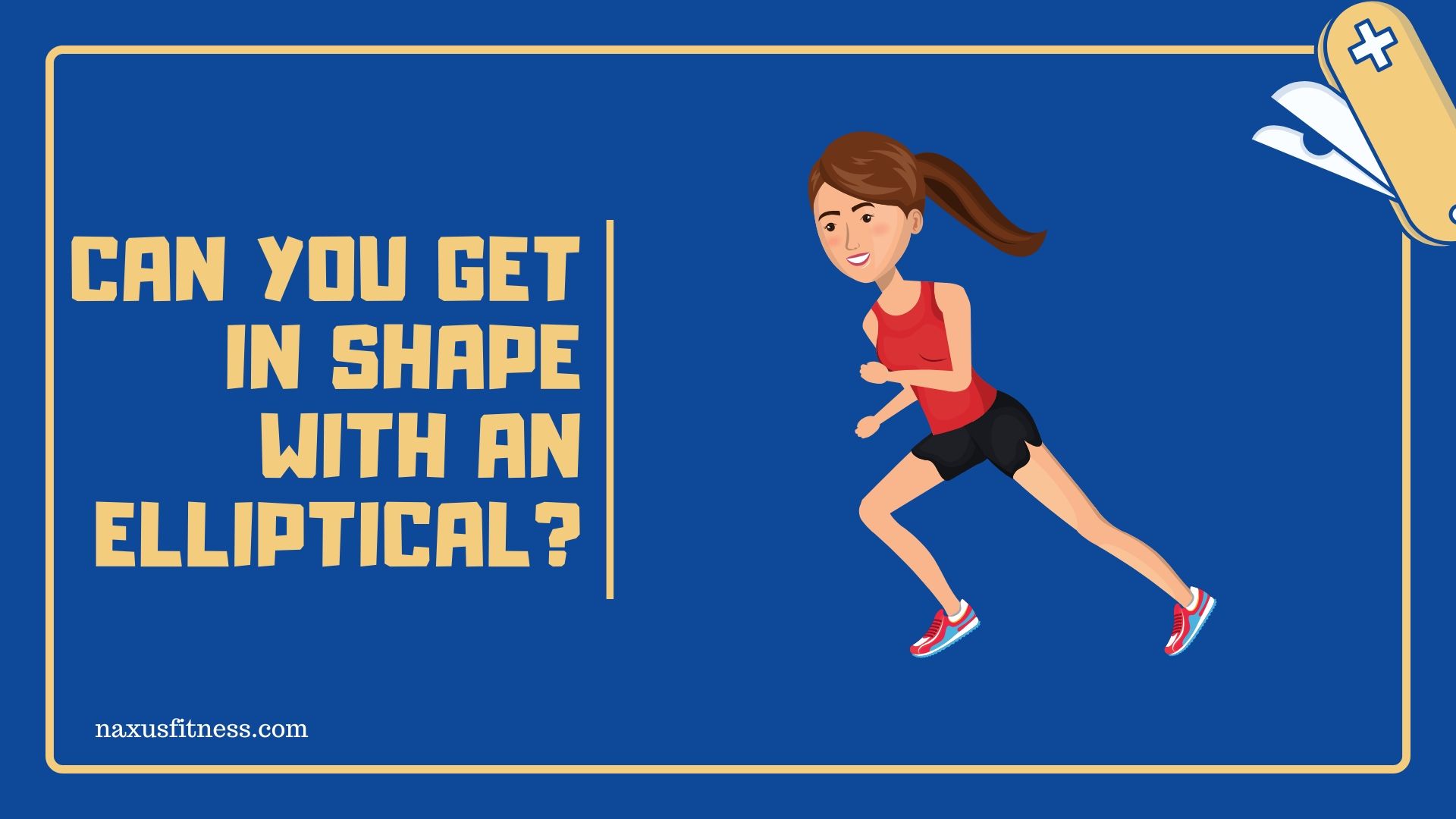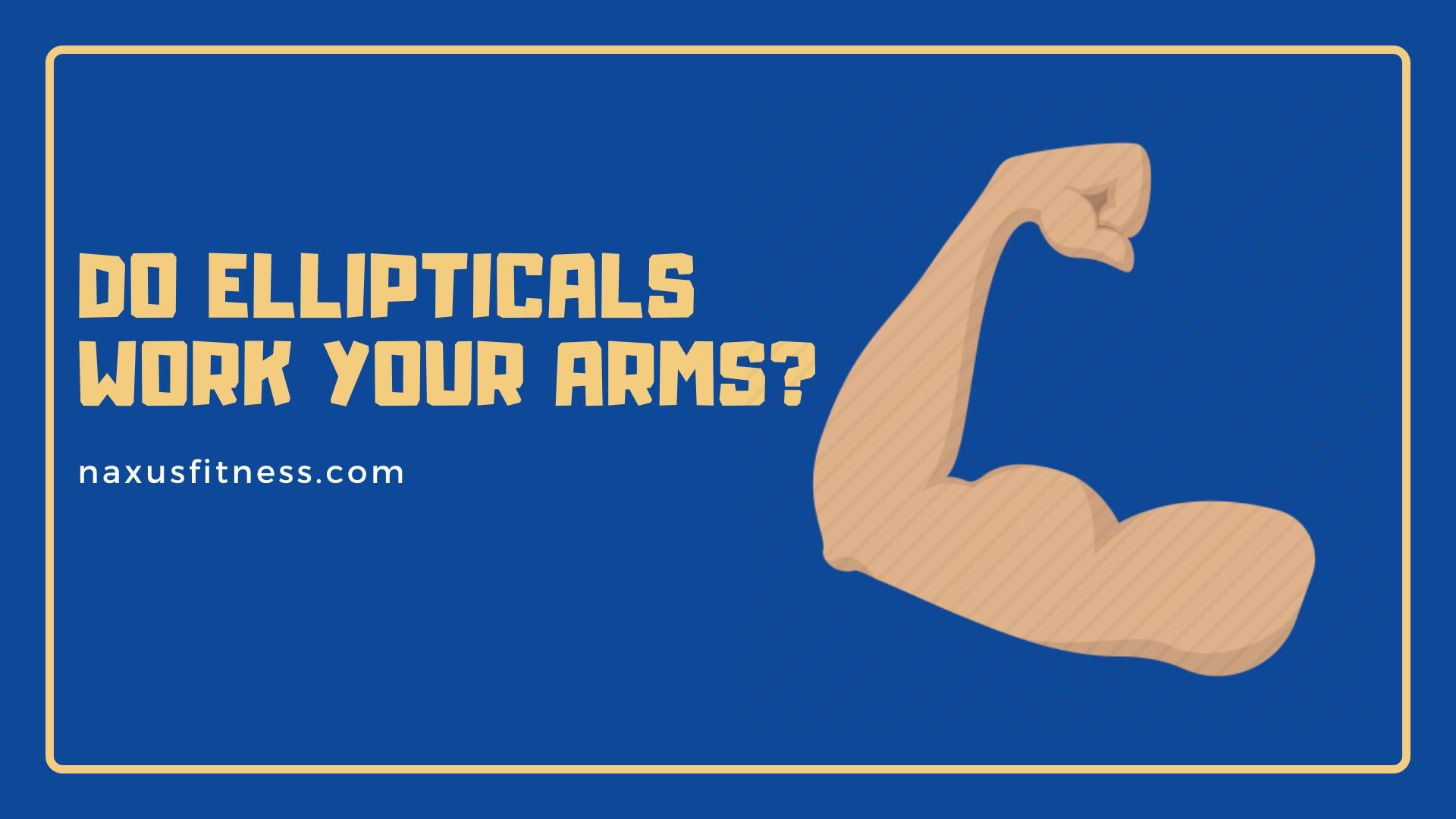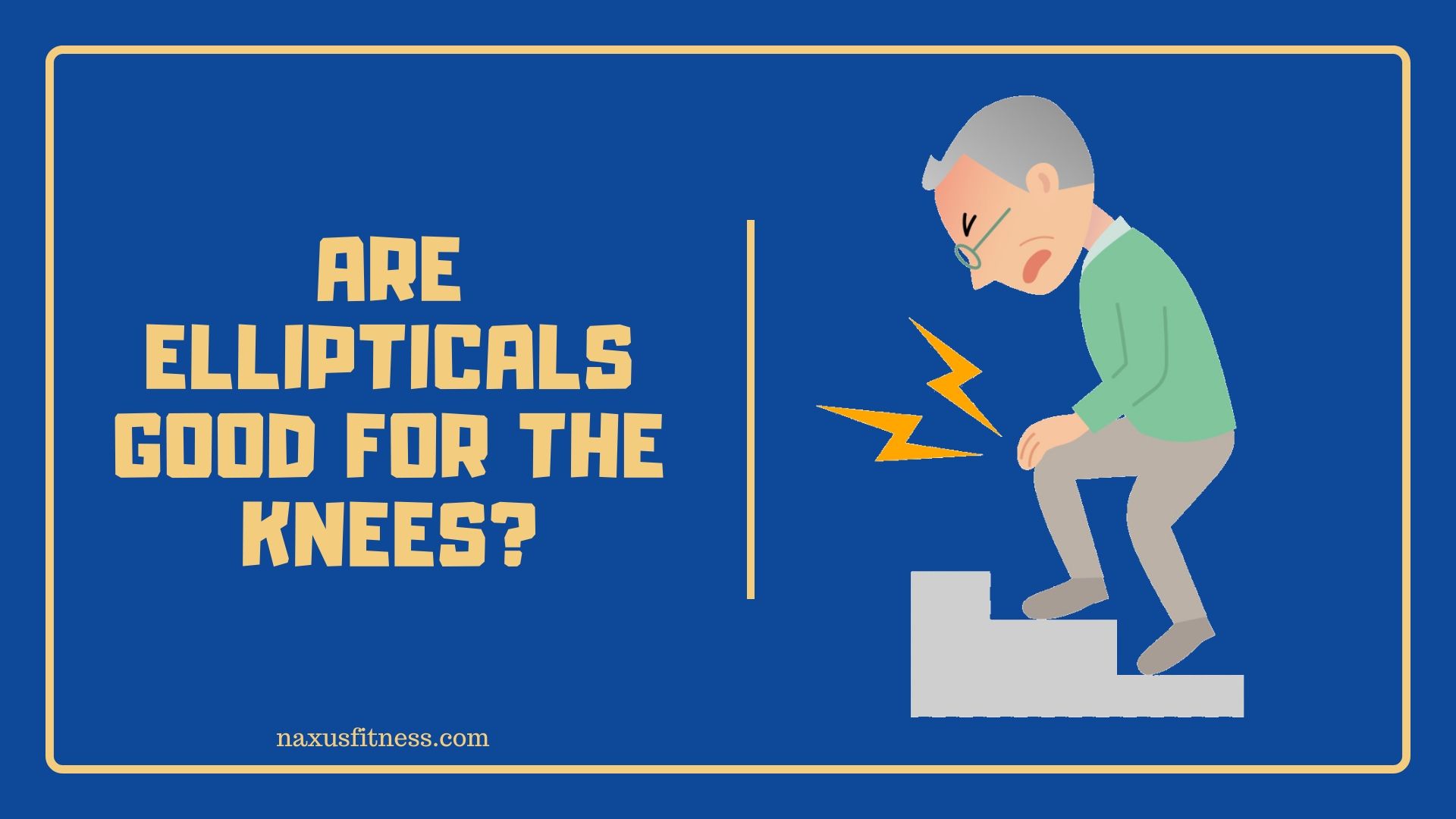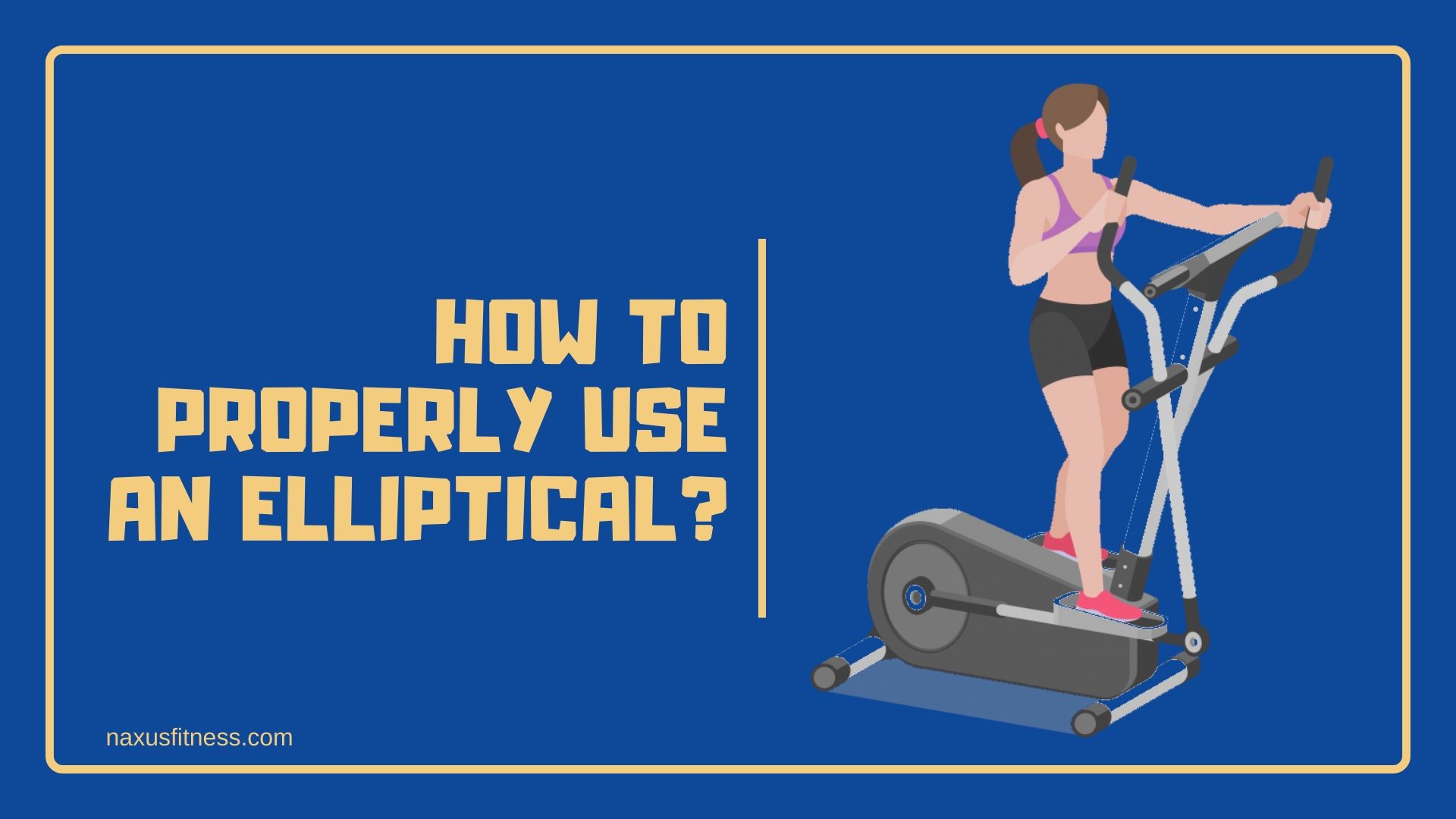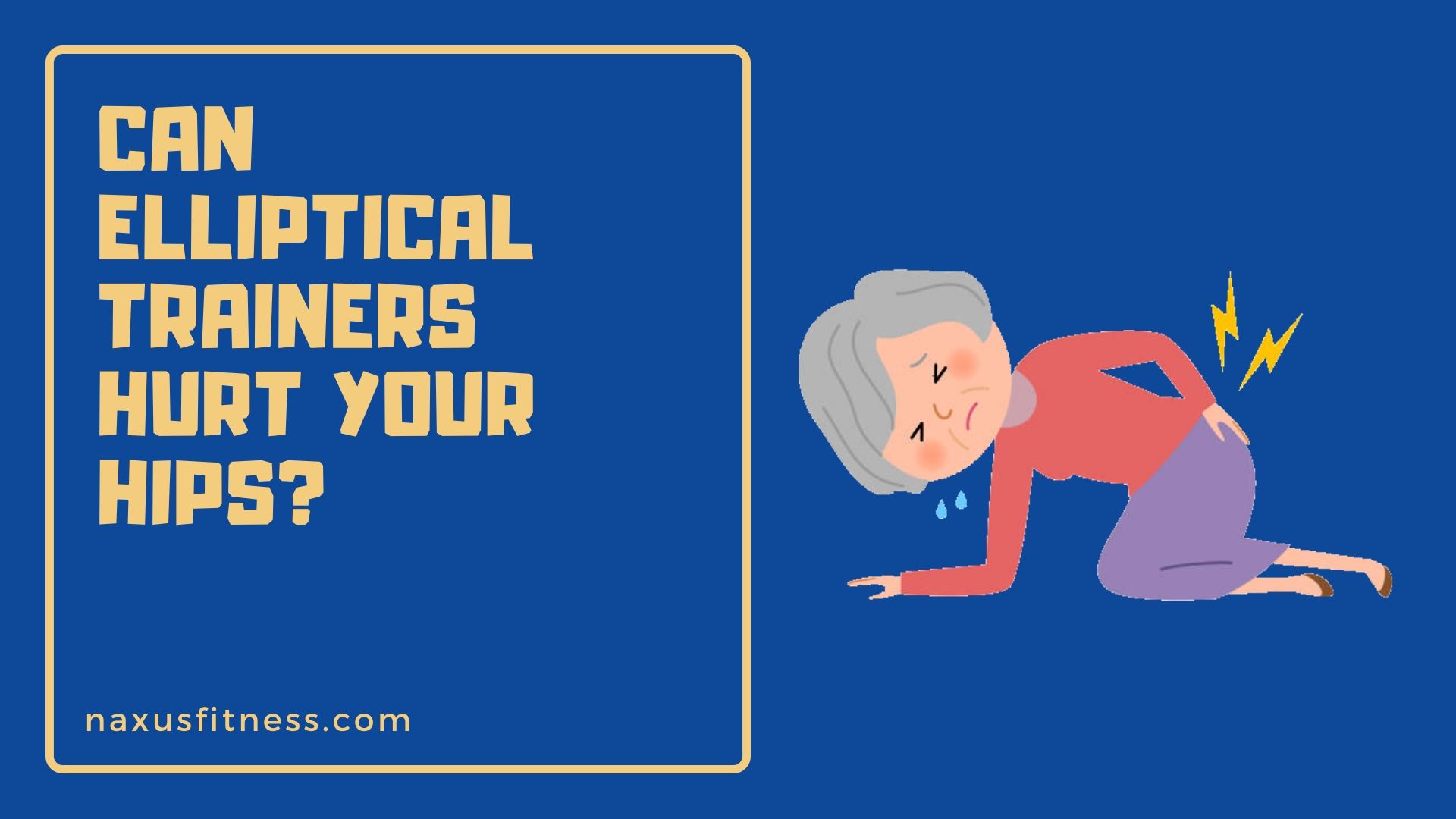Elliptical Trainers: FAQ | All Your Questions Answered 👀
Contents
We all know that elliptical trainers provide a lot of physical benefits. But if we want to dig deeper or discuss the subject in detail, not many people will have the confidence to do so. If you belong to that group of people who uses elliptical trainers but are not fully aware of what the machine is capable of doing, if it has any drawbacks or how to use it properly, stick around and read the whole article.
Today we want to provide you the answers to some of the most frequently asked questions related to the elliptical trainer.
The simple answer to this question is “yes.” This amazing gym equipment is designed to provide an intense full-body workout. If you’re working out regularly using an elliptical trainer, you can get rid of those unwanted belly fats. Keep in mind that you may need a professional’s supervision if you want to achieve your goal faster. So, how do ellipticals help lose belly fats? Let us discuss it further in detail.
Belly fats are very stubborn, and it’s extremely hard to get rid of it. Elliptical trainers can help you ease this process, but you need to be sure that you’re doing the exercises the way it’s supposed to.
Elliptical trainers are not only great for cardio exercise, and it can help you burn belly fats effectively if you combine your exercises with a balanced and healthy diet.
Apart from avoiding fats in your diet, you should also know that there are a few things that will affect the result or the outcome of your daily workout. For example, the duration of your exercise, your exercise routine, and the resistance level of your machine. On average, you can burn about 250 to over 400 calories if you exercise for 30 minutes.
A lot of people often compare treadmill and an elliptical trainer, while some make use of both when they’re trying to lose body fats. While there is nothing wrong with that, experts believe that the use of additional equipment and extra effort is not required. Using an elliptical works on the upper body and lower body, including the arms, calves, glutes, chest, triceps, and biceps.
When you’re working out on this machine, many muscles are engaged, and the more muscles you use, the more calories are burnt out.
Ellipticals without movable handles may not be very effective as it targets more on your lower body parts. To ensure a full-body workout, be sure to use one with a moveable handle.
An elliptical trainer and a cross-trainer are literally the same. A cross trainer is also an elliptical trainer, but it has moveable arms, while most ellipticals have fixed or non-movable bars. This is the major difference between the cross trainer and an elliptical trainer, and for this reason, most people consider them as two different machines.
Another difference between the two is that cross trainers do not have an adjustable ramp. While there are several ellipticals that comes with an adjustable ramp that can be lowered or raised according to the user’s preference. Perhaps they’re considered as two different workout equipment because you can get a full-body exercise with a cross trainer, while you can only get an intense lower body exercise with an elliptical.
We can say those cross-trainers are an advanced version of the traditional elliptical machine. Both these machines have the same working principle, but cross trainers are considered more effective for burning calories. This is because the movable arms in the cross trainers provide the upper body work out. In a traditional elliptical machine, the arms are fixed. Hence you can hold on to it for a better balance when paddling. This is why traditional ellipticals are recommended for starters, elderly people, and others who have injured joints.
Cross trainers are best suited for people who are more experienced because they require the movement of both hands and feet. In other words, maintaining a balance on the machine can be more challenging. There are some models that have a movable arm and fixed arms, and these hybrid machines are great for both starters and advanced users. However, these machines have a higher price tag.
Cross trainers provide a full body work out, while elliptical is heavily focused on training the lower body part. But when it comes to burning calories, we cannot say that one is better than the other because these machines allow you to control the intensity of the exercise. In addition, ellipticals have an adjustable ramp, which means you have to work harder as you raise the ramp higher, and this feature is not available in cross-trainers.
It is determined by how much time you can spare and what your goal is. However, there are several factors that you have to consider. Most adults today don’t get a lot of free time; this is especially true for married people. Try to exercise at least fifteen minutes, five days a week, if time is short. Many experts believe that working out for fifteen minutes on elliptical has lots of health benefits.
Some studies have revealed that working out on the elliptical with greater intensity for fifteen minutes a day, and a 30 minutes workout with moderate intensity can burn almost the same amount of calories.
So, if you don’t have a lot of free time, or you’re just getting started, fifteen minutes of a workout should be enough. You can increase the duration of your workout as you get more used to it. If fifteen minutes seems too challenging or intimidating, a five to ten minutes workout is still great, and you can increase the workout duration overtime as your stamina improves.
Preferred weight loss can be achieved within a short amount of time if one can exercise for 300 minutes a week. This means you should be doing a moderate-intensity workout on an elliptical for one hour, five sessions a week. If you can keep up with this pretty challenging workout routine, you will notice changes at the end of the week.
Within the first few months of using an elliptical trainer, your legs will become slimmer, particularly your thigh. But as you keep on exercising, the slimming will come to a halt, and the muscles on your legs will become firm. If you increase the resistance on the machine and work out with greater intensity, over time, you may notice a slight muscle gain.
Experts believe that even the most intense workout on elliptical cannot be compared to muscle building exercises such as heavy weight lifting. The machine is designed for burning calories and slimming down, and it may not be used for the purpose of building the muscles. Even though you can bulk up your legs (which may be hardly noticeable), it will require a lot of time and high-intensity workout. If your goal is to build your leg muscles, use the machine for warm-up, and do a few squats or weight lifting for optimum result.
For decades, it was believed by many people that elliptical trainers bulk up the legs and make the butt bigger; this popular misconception is known as “elliptical butt.” However, this is a myth, and there has never been a case where someone grew his /her butt bigger by working out on an elliptical trainer.
Ellipticals may help you gain the leg muscles. But it’s not so easy to achieve, and it requires an additional work out/exercise. Similar to other cardio exercises such as jogging or swimming, doing the elliptical can burn a lot of calories, which results in slimming.
A straightforward answer? Yes, you can use the elliptical trainer every day. Using ellipticals is a great way to get your daily dose of cardio and pump up the activity of the heart, which is vital to your overall wellbeing. Elliptical is also an excellent piece of equipment to get an overall body workout.
However, there is a caveat. If you are performing the same exercise on a daily basis, you face the possibility of repetitive motion injury, and your muscles undergoing a plateau. The muscles and the body, in general, are an extremely smart machine that will adapt to many situations if done repeatedly. This can be detrimental if your goal is to lose weight.
So a smart choice is to incorporate other forms of exercises such as walking, cycling, swimming, running, or joining a dance or martial arts class. These various forms of exercises work on different muscle groups, which keep them on their feet. If you have no option to venture outside for outdoor activity due to weather or health conditions, weight lifting is an excellent exercise to complement your daily activity on the ellipticals.
Another thing to consider is your diet. Irrespective of how much time you spend on the ellipticals if your diet is unhealthy, don’t expect your body to corporate with you in your crusade to lose the pounds.
It depends. Whether or not using the elliptical is bad for your back depends on the condition of your back. Sounds confusing? Let us explain.
Exercises performed on the elliptical trainers are in the category of low-impact, which is a huge relief for those with a problematic back. The machine does not require your feet to have contact with the ground, thereby reducing the shock on your limbs as well as the back.
In fact, ellipticals are an excellent piece of equipment for those who suffer occasional back pain and even for those recovering from a back injury. It is due to this reason that these exercise pieces of equipment are widely used in hospitals and therapy clinics.
However, an elliptical is not the best option for you if you have back pain due to a lack of bone density or you have osteoporosis. It may not aggravate the pain in a significant way, but it will not allow you to develop bone density. The most important thing before you use an elliptical, irrespective of the source of your back pain, is to consult a certified medical practitioner.
Sciatica or a slipped disc is a painful condition that can be aggravated by mundane activities such as sitting, walking, standing, and bending.
So performing low impact exercises such as the ones you can do with an elliptical trainer is an excellent option. Sciatica is aggravated every time your feet come into contact with the ground. Since using ellipticals do not require your feet to touch the ground, it relieves the stress on the sciatic nerve.
Another advantage of using the elliptical trainer while suffering from sciatica is that it allows you to work out other muscle groups in the body in a gentle way. The stress on the sciatic nerve typically radiates down to the hips and legs, as well. Using ellipticals gives you the option to strengthen these parts of the body without disturbing the origin of the pain.
Ellipticals also give you the option to customize the settings so you can work out at your desired pace. You can ramp up the settings for working on a specific muscle group and adjust the settings so that you are in a comfortable position while working out.
However, you should not use the elliptical trainer or any other equipment during the first eight weeks of being diagnosed with sciatica.
The cost of an elliptical trainer is greatly dependent on the features and whether it is a commercial grade or for home use.
If you are asking this question for a commercial grade elliptical for use in gyms, expect to pay anywhere from $1299 to $2199. These are top of the class, and they come packed with advanced features and are also designed for repeated use.
Medium ranged elliptical trainers come with a price tag ranging from $700 to $1299. They are also equipped with features and are more suitable for a medium-sized gym or even a home gym if you are a fitness buff.
For home grade, elliptical trained that are designed for personal use expect to pay anywhere from $132 to $699. They are made to meet the needs for personal use and are also equipped with the necessary features. But the significant difference between the commercial and home grade ellipticals is that those in the former category are made and designed to withstand repeated use by different body weights.
Yes and no. It is because while ellipticals are a great way to burn calories and lose weight, if you need to get into shape and look a certain way, you need to incorporate weight training into your regime.
That being said, ellipticals can get your heart pumping and give you a thorough body toning experience. You can get to work on your upper bodies such as chest, shoulders, biceps, and triceps. It is because ellipticals have provisions for your arms, and you can program them according to the preferred speed.
You can also strengthen your core while working out on the elliptical. Muscles in the lower body, including the calves, hamstrings, glutes, and quads, also get toned when you are on the elliptical trainer.
Maintaining the correct posture while using the elliptical trainer is paramount to achieve optimum results and also to prevent injury.
Yes. Ellipticals are a piece of excellent equipment to work out and achieve defined and toned arms, especially if it has movable arms. It works on the shoulders, the biceps, and triceps while are the major muscle groups in the arms. It involves a lot of flexing, straightening, bending, and turning, which are the essentials of any workout.
To get the best results for your arms on the ellipticals, alternate between the high and low resistance, occasionally change the handgrips, employ a full range of motions with your arms and focus on one arm at a time. Do not limit yourself to the manual program on the trainer. It is a good idea to try advanced routines, different workouts, and try using the elliptical with only the strength of your upper body.
Incorporating strength training to your elliptical training is the ultimate way to achieve those envy enduring arms.
Ellipticals are very forgiving when it comes to the knees and joints in general. The primary reason is that it eliminates contact with the ground. Exercise such as running exerts pressure up to 12 times the total body weight on the knees, which is astounding. This puts a tremendous amount of pressure on the knees.
However, training on the elliptical largely keeps your feet off the ground, which is why it is gentle on the knees. The impact on the knees is minimal while using the elliptical trainer. This is the reason why it is a great piece of equipment for those with weak knees and those recovering from a knee injury.
Another benefit the elliptical has on the knees is the fact that it allows you to work on other muscles that support and surround the knees. By working on the glutes, hamstrings, quads, and the ankles, it strengthens these muscle groups, so the pressure on the knees is lessened significantly.
When you see someone using the elliptical, it can look effortless. But if you are a first-timer, it can get a little getting used to. It is not difficult, but getting on it the first time can be slightly clumsy. Follow these steps to use the elliptical properly and safely:
Grab the handlebars and step onto the machine. Do not step on the pedals without holding the handlebars if this is the first time. Some pedals start moving when your feet touch them, and this can add to the awkwardness.
Put your feet firmly on the pedals and keep them parallel to the edges of the pedals.
Some machines will start automatically when you pedal. If the machine does not start, look for the power button and press it.
Keep your knees slightly bent, your back straight, and start pedaling forwards.
Typically the column of buttons on the right is the resistance, and those on the left are the incline. The green-up button indicates speeding up while the red down button indicates the slowing down. Increasing resistance means you will have to work harder to keep going. You can experiment as you progress into the workout.
There are other buttons and features such as the heart monitor and other programs. But if you remember the above steps, you can gradually explore them as you advance.
If you are using the elliptical at home, read the user manual before using the trainer. If you are in the gym, do not hesitate to ask the trainer.
Whether or not using the elliptical trainer can hurt your hips depend on your posture during the exercise. While an elliptical trainer is a great piece of equipment for those with weak bones and those who are older, incorrect postures can aggravate certain conditions.
Maintaining the correct posture, including keeping your spine straight, your shoulders back, and tightening your core, is essential. It is also important to keep your gaze forwards and refrain from looking down unless you are adjusting the buttons.
Another factor that can cause discomfort in the hip while using ellipticals is the varying models and body shapes. Because all machines are made differently and everyone has different body sizes and shapes, it is not uncommon for some machines to cause discomfort while exercising. The best option is to test different models and use the one that you are most comfortable using.
The correct footwear is also important to prevent pain and discomfort while using ellipticals. It is not just for the hips for the overall body in general.
Is it efficient to back pedal on an elliptical trainer?
Elliptical trainers were not designed to build muscles. The goal was to create a cardiovascular training machine that would simulate running while putting less stress on the joints. But because you use your legs to move the pedals, it still helps build muscle. And because the elliptical trainer can be pedaled forwards or backwards (also called back-pedaling), it works with different muscle groups and allows you to vary your workouts.
Muscles used
When you pedal forward on the elliptical trainer, your quadriceps at the front of your thighs and your buttocks are stressed. When you reverse the motion to pedal backwards, you work the hamstring muscles at the back of your thighs and the extensors of your hips.
When you use an elliptical trainer with grips, your biceps and triceps of your arms work regardless of the direction you pedal, as do the trapezius muscles in your shoulders and back.
Can an elliptical trainer help define the lower body?
The main advantage of the elliptical trainer is that it is a discreet, joint friendly and easy to own at home. Moreover, it is one of the best cardio machines to lose weight for 2 reasons:
Improves the cardio: Indeed, it is the optimization of the cardio-muscular work which burns calories. In one hour of elliptical trainer, you can consume 500 to 800 kcal. Your body therefore eliminates fat. The muscle groups most solicited during the effort are those that will tend to detach themselves more quickly from the fats around them. You will then begin to lose mainly thighs, calves, arms and chest.
Promotes muscle development: The elliptical trainer allows you to quickly build up your quadriceps muscles. However, a muscle that is more developed consumes much more energy, even when it is not used. By developing your lower muscles, your fat present in this area of the body can even be consumed at rest. Rest assured, muscle growth is not immediately visible and will not turn you into a mountain of muscle. Instead, it will help you refine your thighs more quickly.
If you want to slim your thighs as efficiently as possible using an elliptical trainer, it is essential to know how to program it properly. If you want to slim down without building up too much muscle, you will have to opt for endurance. Doing endurance sessions will help you burn more fat, without the muscle development being visible.
To do this, you will need to set your elliptical trainer to a mode that doesn’t make you overly strenuous. Opting for a medium hardness setting, between 2 and 4 depending on the equipment, will allow you to go the distance without having to exert too much force. To slim down your thighs, it is also important to exercise both your legs and your upper body so that your lower limbs are not overly stressed.
What are the benefits of elliptical trainers?
Tone up the muscles: The elliptical trainer strengthens and tones the muscles of the upper and lower body. During your workouts, you will feel the majority of your muscles involved in each of your pedaling movements. Some bikes have movable handlebars, some have static handlebars and some have both. We advise you to use the mobile handlebars to work the upper body muscles as well and thus tone up all your muscles during each of your sessions.
Good heart health: The elliptical trainer is recommended for people with no particular heart deficiency because it is a piece of equipment that fully engages the heart and increases your heart rate. Your cardiovascular and respiratory systems are in top shape and all your organs are well oxygenated.
Losing weight: This fitness equipment has a very high capacity to burn a maximum of calories and therefore burn fat. Since most of the muscles of the body are used, you therefore burn a lot of calories and expend energy. And even after the session, you still continue to burn calories. You should therefore check your diet so that you don’t consume more than you spend. Basically, the difference between your energy expenditure and your energy intake (expenditure greater than intake) most of the time leads to weight loss. With the elliptical trainer, you can burn in 1 hour between 500 and 600 Kcal at medium speed and between 700 and 850 Kcal at high speed.
